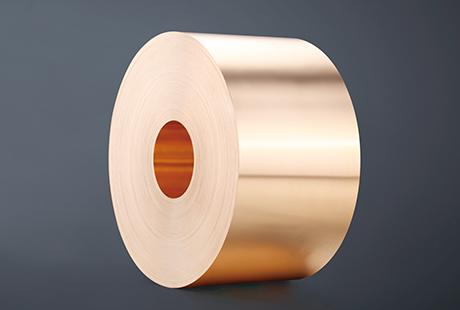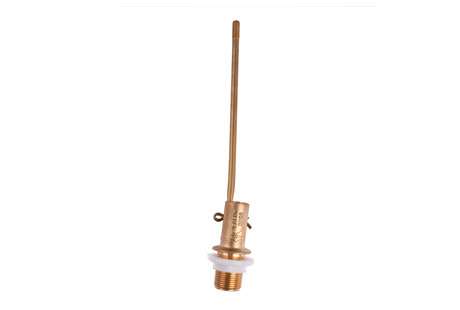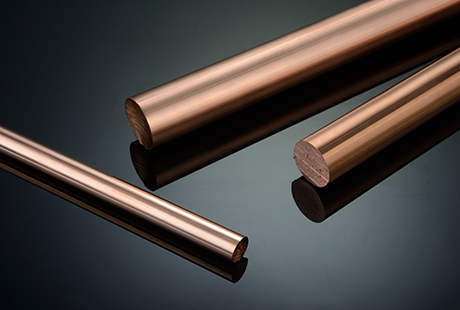Copper wire is widely used in numerous industries, from electrical and electronics to construction and manufacturing. However, before copper wire can be utilized effectively, it undergoes a crucial process called annealing. Annealing is a heat treatment process that alters the properties of the copper wire, making it more malleable and ductile. Understanding the annealing process is essential to fully appreciate the versatility and reliability of copper wire in various applications.
The Science Behind Annealing: What Happens to Copper Wire?
During the annealing process, copper wire is subjected to controlled heating and cooling cycles. This process changes the crystal structure of the wire, which determines its mechanical and electrical properties. As the wire is heated, the copper atoms move and rearrange themselves, reducing or eliminating any defects or dislocations within the crystal structure. This rearrangement leads to improved electrical conductivity and mechanical strength, making the copper wire more pliable and capable of withstanding bending and twisting without breaking.
Furthermore, the heating and cooling cycles in annealing refine the grain structure of the wire, resulting in smaller and more uniform crystal grains. Smaller grains reduce the chances of crack formation and enhance the wire's resistance to fatigue and corrosion. The annealing process essentially rejuvenates the copper wire, making it ready for use in demanding applications where reliable and durable electrical conductivity is paramount.
The Different Types of Annealing for Copper Wire
The annealing process for copper wire can be categorized into two main types: fully annealed and stress relief annealing. Fully annealed copper wire is the softest and most ductile form. It is achieved by heating the wire to a specified temperature and then slowly cooling it. Fully annealed copper cable is ideal for applications that require extensive bending and forming, such as wire weaving or intricate electrical connections. The extreme pliability and low mechanical strength of fully annealed copper wire make it easy to manipulate, ensuring a seamless integration into complex systems.
On the other hand, stress relief annealing is employed to alleviate the internal stresses that may have accumulated during the wire manufacturing process, such as drawing or twisting. This type of annealing involves heating the wire to a lower temperature and then rapidly cooling it. Stress relief annealing reduces the risk of premature failure due to stress-induced cracks, ensuring the longevity and reliability of the copper wire in high-stress applications.
Annealing Copper Wire: A Balance of Time, Temperature, and Cooling
The success of the annealing process for copper wire depends on finding the optimal balance between time, temperature, and cooling. The temperature must be carefully controlled to achieve the desired softening and grain refinement while avoiding overheating that can lead to detrimental effects such as oxidation or annealing without changing the wire's properties.
Similarly, the cooling rate plays a crucial role in determining the final properties of the copper wire. Rapid cooling, as in stress relief annealing, can help lock in the desired grain structure, while slower cooling in fully annealed wire promotes better electrical conductivity and softness. A meticulous understanding of the copper wire composition and the specific requirements of the intended application is essential for conducting the annealing process effectively. The expertise of copper wire suppliers and specialized equipment ensure that the annealed copper wire meets the required standards and performs optimally in various industries.
The annealing process is a fundamental step in harnessing the full potential of copper wire. By subjecting copper wire to controlled heating and cooling cycles, annealing enhances its mechanical and electrical properties, making it suitable for a wide range of applications. Whether it is fully annealed for ultimate pliability or stress relief annealed to improve durability, copper wire undergoes a transformative heat treatment that ensures excellent conductivity and reliability. The versatility and reliability of annealed copper wire contribute to its indispensable role in powering our modern world.

 English
English 日本語
日本語 한국어
한국어 français
français Deutsch
Deutsch Español
Español italiano
italiano العربية
العربية tiếng việt
tiếng việt Türkçe
Türkçe ไทย
ไทย 中文
中文





